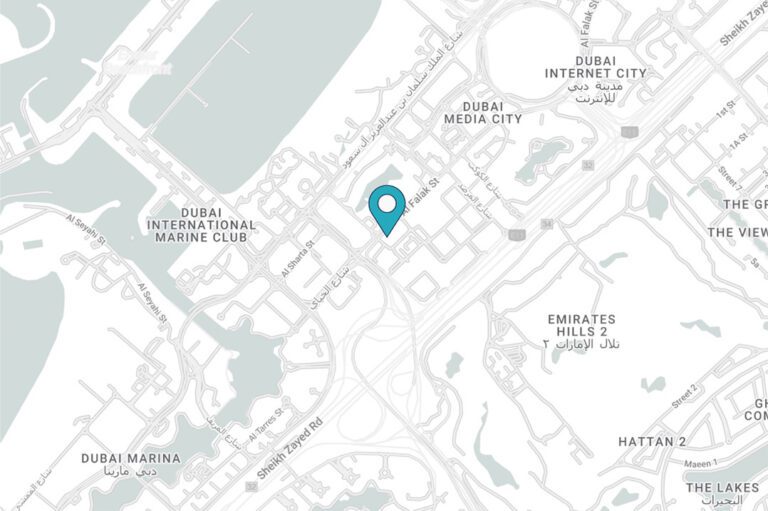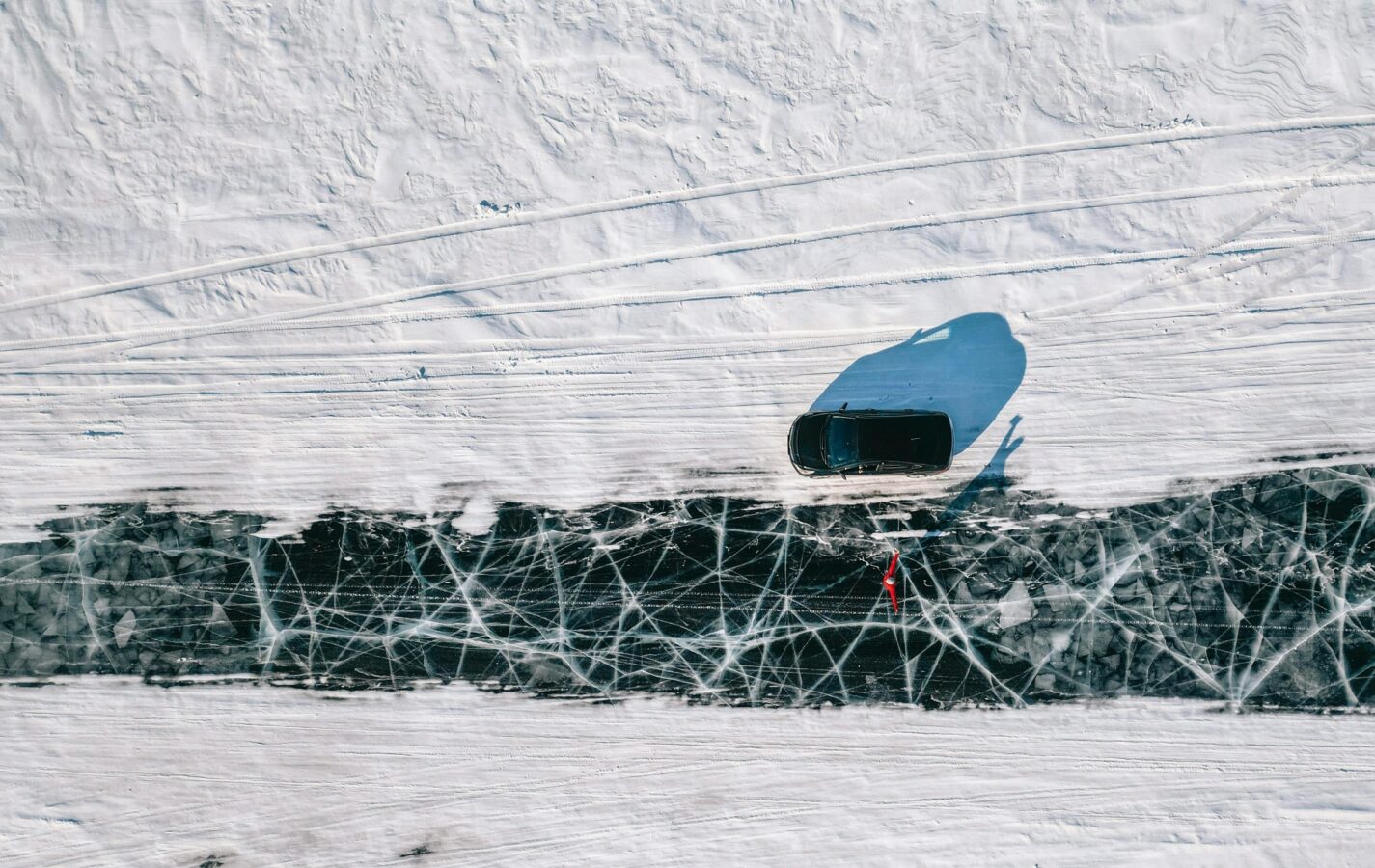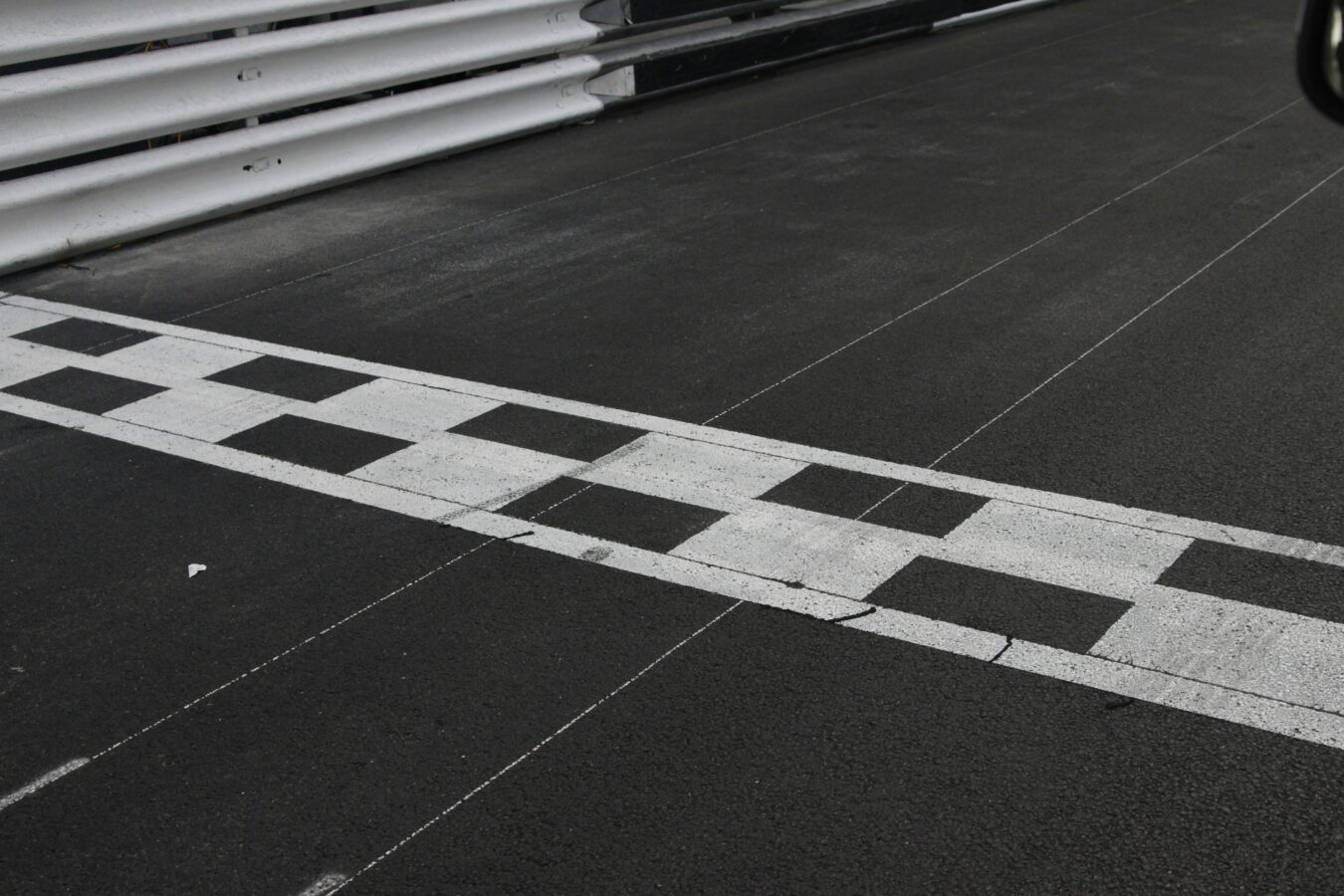The growing significance of Chinese brands within the automotive industry is well established. Now, with a comprehensive choice of brands and products to choose from, begins the challenge of finding motorists, both in their highly competitive home and nascent overseas markets, willing to take the plunge.
According to Carwow research, UK buyers are moving in the right direction – albeit slowly. Thirty-two per cent of Britons surveyed said they would be open to owning a vehicle made in China – up from 27 per cent a year ago. Putting aside the fact that some popular models from so-called legacy brands are already manufactured in China, that means that more than two thirds of motorists here are not inclined to make the move.
The likes of BYD, Chery, Nio and Geely won’t be perturbed, though. Judging by their approach at home, they’ll use traditional product demos and attention-grabbing activities – stunts, if you will – to showcase their new (mostly EV) models. And they’re not afraid to take down vehicles from established rivals in the process.
The perfect example of this approach landed recently from Geely’s premium Zeekr brand, which only came into being in 2021. It sees the Zeekr 7X SUV climb to the summit of a downhill ski course in an extreme showcase of its capability – but not before we see Porsche Cayenne try, and fail, to make the same ascent. Zeekr is also reportedly suggesting it has set a record for the steepest snow climb by a production model.
Less dramatic, but equally powerful, is Nio’s attempt to showcase the ride comfort of its ET9 luxury model by performing a so-called Champagne Test at a proving ground. The official video shows the SUV negotiating a series of speed bumps without spilling a drop from the five-layer pyramid of glasses arranged on its bonnet.
A quick search will also uncover a head-to-head version of the same test with three-layers of champagne glasses, versus a Mercedes-Maybach S580 and Lixiang L9. Needless to say, the Nio is the only model to complete the test.
On closer inspection, Nio is particularly proud of the ET9’s trick active suspension – other official films show a prototype model ‘dancing’ to shake off a thick covering or snow, or being used to operate a ball-rolling maze controlled using a smartphone.
Fresh off the Internet is another film showcasing the DiSus-X suspension fitted to the BYD Yangwang U9supercar, which sees it effectively jumping over a water trough and Bond-style tyre spikes. All without the aid of an *actual* driver. This unusual demonstration of autonomous driving has little practical purpose, but it does very visibly showcase the power of its active suspension system.
These product demos don’t all break new ground – Audi was driving up ski ramps in the 1980s and Lexus has used variations on the champagne pyramid (to showcase the smoothness of its powertrain, rather than its suspension) for decades – but they clearly communicate important product attributes in a highly visual and understandable way for the audience.
Of course, it helps if your product can walk the walk. When it comes to the latest generation of EVs, Chinese brands typically possess state of the art battery technology and the latest features – some can even do things that their established rivals can’t.
It’ll come as no surprise, reader, to reveal myself an admirer of the art of the PR stunt. Done properly, they’re a powerful way to communicate a product feature. So, I’ll watching keenly to see if this new wave of Chinese projects brings about a loosening of the budgetary purse-strings among established brands. If so, it could bring about a long overdue post-lockdown resurgence of the beautifully executed automotive PR stunt.
At its launch last year, the BYD Yangwang U8 demonstrated its ability to float like a boat. Let’s see if the brand can resist the urge to float it down the Thames in 2025.
Ross Pinnock
















